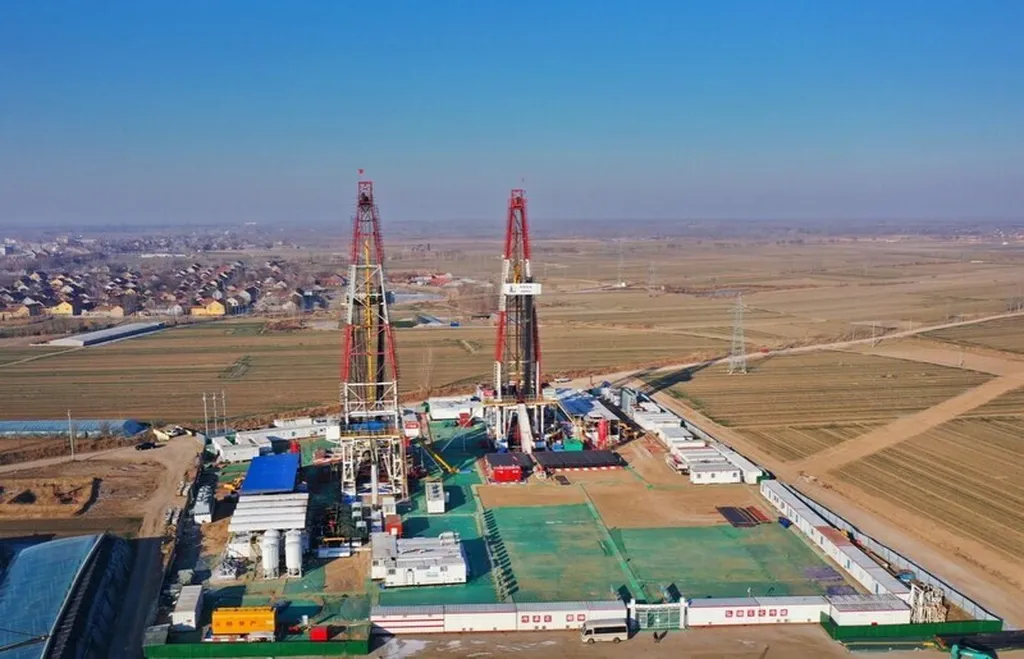In the pursuit of balancing economic growth and environmental sustainability, a groundbreaking study has emerged that could reshape the future of continental shale oil reservoir exploitation. Led by CHEN Shang from the School of Economics at Shandong Normal University, the research introduces an optimization model designed to maximize both economic and environmental benefits using Carbon Dioxide Capture, Utilization, and Storage-Enhanced Oil Recovery (CCUS-EOR) technology.
Published in the journal “Petroleum Geology and Oilfield Development,” the study addresses the critical need for green transformation in the energy sector, particularly in achieving carbon peak and carbon neutrality goals. The model, built on the whole life-cycle theory, is a comprehensive framework that includes environmental and economic benefit accounting, sensitivity analysis, and optimization schemes.
“The environmental benefit accounting covers the monetization of emissions of CO2, PM, SO2, and other pollutants,” explains CHEN Shang. “This allows us to quantify the environmental impact in economic terms, providing a clearer picture of the true cost of oil extraction.”
The economic benefit accounting, on the other hand, uses the cash flow method to evaluate operational costs, offering a detailed financial perspective. Local sensitivity analysis identifies key factors for targeted optimization, ensuring that the model is both practical and adaptable to different scenarios.
One of the most compelling findings of the study is the significant improvement in environmental benefits over economic ones when using CCUS-EOR technology. In a studied oilfield, the environmental benefit per ton of shale oil was found to be -148.44 yuan, while the economic benefit was 239.56 yuan, resulting in a comprehensive benefit of 91.12 yuan.
“This research is a game-changer for the energy sector,” says CHEN Shang. “It provides a robust tool for decision-makers to evaluate the trade-offs between economic gains and environmental impacts, ultimately guiding them towards more sustainable practices.”
The study also highlights the critical factors influencing the optimization model, with oil production revenue being the most impactful, followed by material costs and hazardous waste treatment. This insight is invaluable for stakeholders looking to optimize their operations and maximize benefits.
The model’s applicability extends beyond shale oil reservoirs, with potential applications in CCUS-EOR combined with unconventional reservoirs and chemical flooding combined with low-permeability oil reservoirs. This versatility makes it a powerful tool for the energy sector, offering a pathway to greener and more economically viable extraction methods.
As the world grapples with the dual challenges of meeting energy demands and mitigating environmental impacts, this research offers a beacon of hope. By providing a clear, data-driven approach to balancing economic and environmental benefits, it paves the way for a more sustainable future in the energy sector. The insights gained from this study are not just academic; they are practical, actionable, and crucial for shaping the future of energy exploitation.

